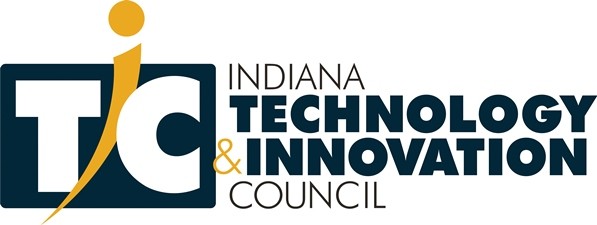
The angel investor market in 2015 had a slight increase in investment dollars and in deal size according to a new report from the Center for Venture Research (CVR) at the University of New Hampshire.
The State Science & Technology Institute provides the following analysis:
In The Angel Investor Market in 2015: A Buyers Market, CVR reports that total angel investments in 2015 were $24.6 billion – an increase of 1.9% over 2014. CVR also reported that the total number of entrepreneurial ventures that received angel funding in 2015 declined by 3.1% from 2014 – in total 71,110 start-ups received funding. The result of these two trends was larger deal sizes for 2015 – an increase of 5.1% from 2014. CVR concluded that these findings, combined with yield rates and valuations data, indicate that angels were selective in their investment behavior in 2015.
While CVR contends that the angel market was robust in 2015 – approximately $24.6 billion in investments – they also believe that the selectivity of angels and decrease in valuations over the last three years indicates a continuing market correction in valuations. Other findings include:
- Software maintained its top sector position with 18% of total angel investments in 2015
- Other key industries include Healthcare Services/Medical Devices and Equipment (16%), Biotech (13%), Industrial/Energy (11%), Retail (10.6%), and Media (9%)
- Angel investments contributed to the creation of 270,2000 new jobs in the U.S. – 3.8 jobs per angel investment
- The average angel deal size was $345,390
- The average equity received was 14.89% with a deal valuation of $2.3 million
- Angel investment in the seed and start-up stage (28% of deals) was largely unchanged from 2014 (25% of deals)
- Fort-five percent of all angel deals were early stage investments (46% in 2014)
- Expansion and late stage investments also remained consistent with regard to percentage of total deals
Interested in the health of Indiana’s tech community? Get involved in the new Indiana Technology and Innovation Council. First open discussion is August 9! Contact Mark Lawrance at mlawrance(at)indianachamber.com to learn more.



 Site Selection magazine is well known for its tracking of business projects and rankings of economic activity. One of its newest projects (in its fourth year) is Best to Invest ratings. Half of the evaluation is based on its comprehensive database of new and expanded facilities, with the other 50% an analysis of business environment, business risks, foreign direct investment and infrastructure.
Site Selection magazine is well known for its tracking of business projects and rankings of economic activity. One of its newest projects (in its fourth year) is Best to Invest ratings. Half of the evaluation is based on its comprehensive database of new and expanded facilities, with the other 50% an analysis of business environment, business risks, foreign direct investment and infrastructure. Our friend Gerry Dick at Inside INdiana Business had an interesting conversation with Kristian Andersen and Ice Miller’s Kristine Danz about Gravity Ventures, a seed stage investing fund for technology companies. Watch
Our friend Gerry Dick at Inside INdiana Business had an interesting conversation with Kristian Andersen and Ice Miller’s Kristine Danz about Gravity Ventures, a seed stage investing fund for technology companies. Watch  While we can’t make a prediction with 100% certainty, we can assign probabilities to the next trend for the U.S. stock markets. The major U.S. market indexes (Dow Jones 30, S&P 500 and NASDAQ Composite) all reached new highs for the rally on or about April 28. Additionally, technical indicators of the market’s underlying health were all strongly positive as well. The correction that has ensued since April 28 has erased between 9% and 11% of the averages’ value. In a less tumultuous time, this kind of performance would be seen as a normal correction and not the start of a new bear market.
While we can’t make a prediction with 100% certainty, we can assign probabilities to the next trend for the U.S. stock markets. The major U.S. market indexes (Dow Jones 30, S&P 500 and NASDAQ Composite) all reached new highs for the rally on or about April 28. Additionally, technical indicators of the market’s underlying health were all strongly positive as well. The correction that has ensued since April 28 has erased between 9% and 11% of the averages’ value. In a less tumultuous time, this kind of performance would be seen as a normal correction and not the start of a new bear market. Elaine Bedel, president of Chamber member Bedel Financial Consulting in Indianapolis, authored an interesting column today for
Elaine Bedel, president of Chamber member Bedel Financial Consulting in Indianapolis, authored an interesting column today for